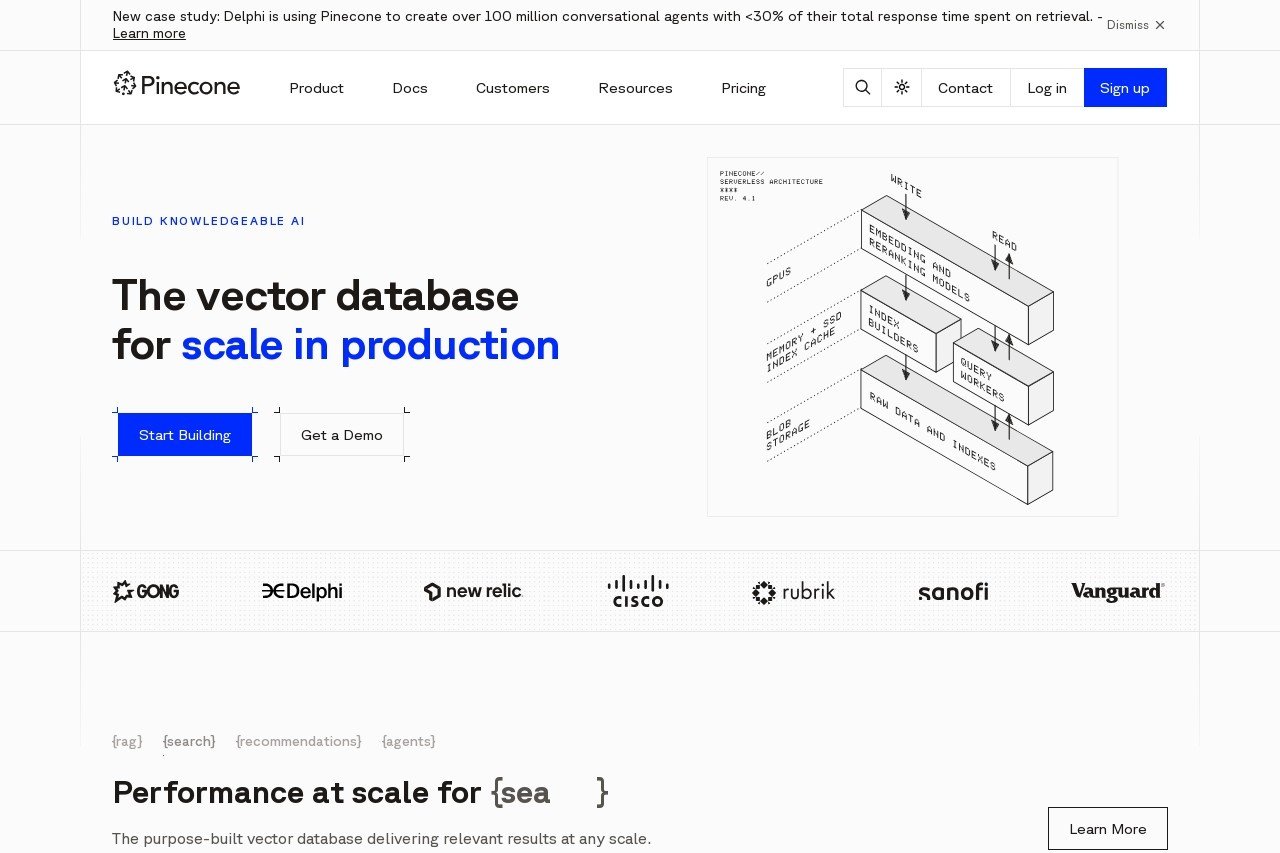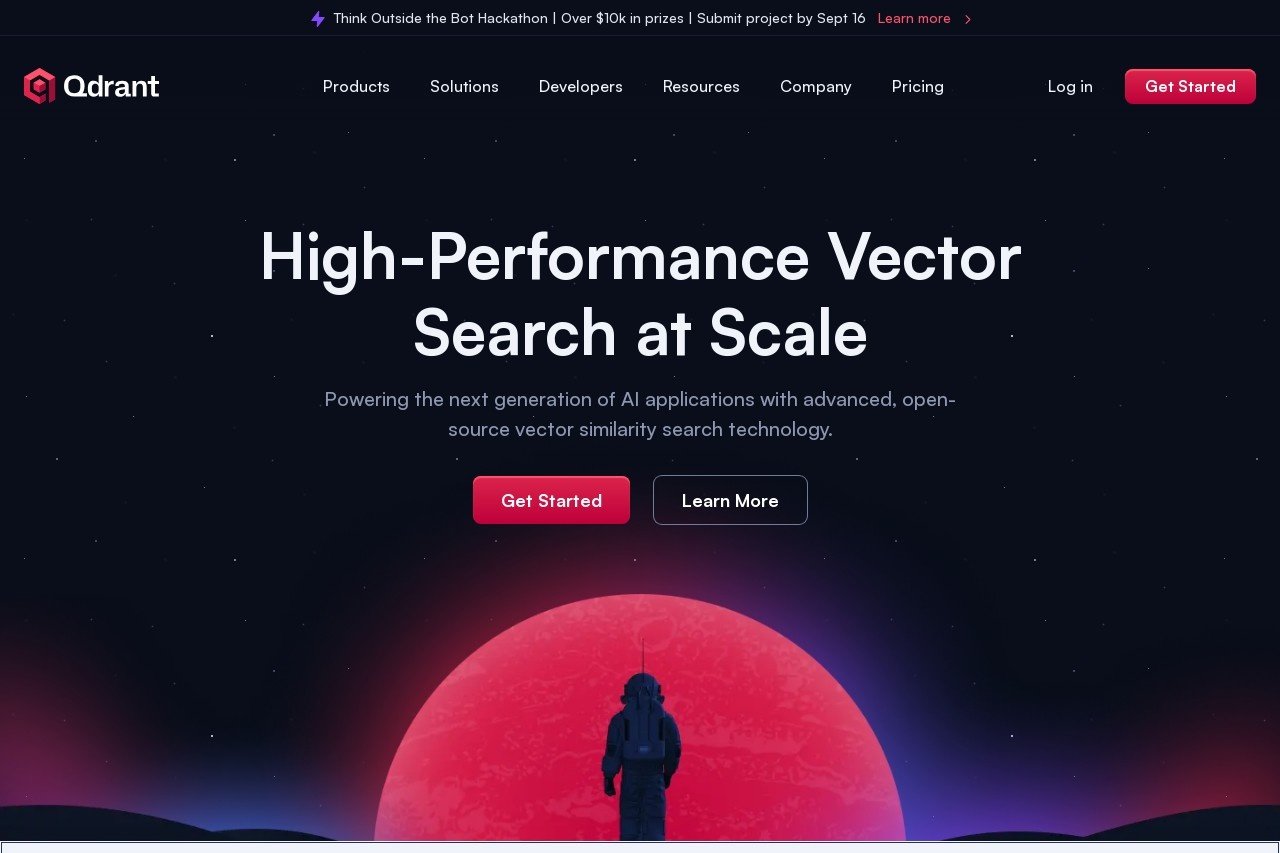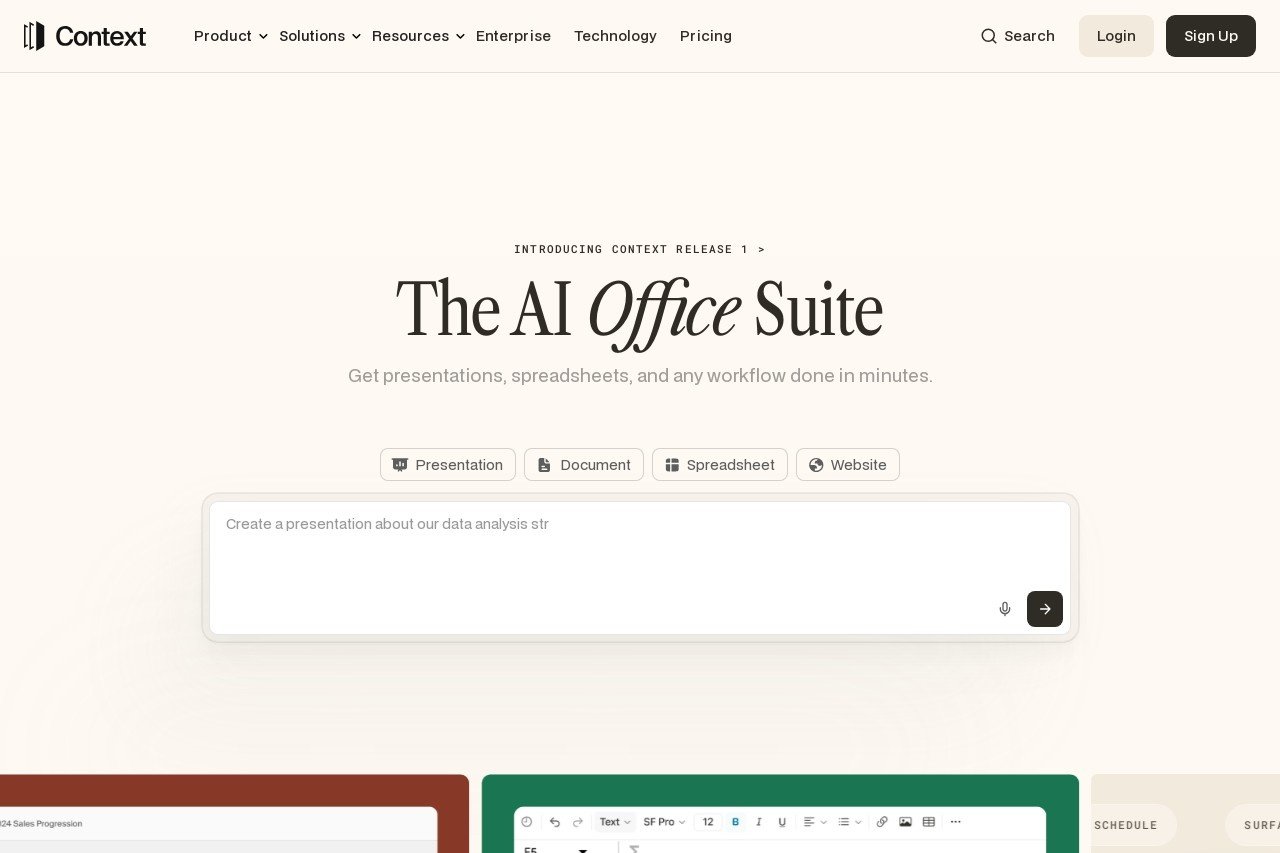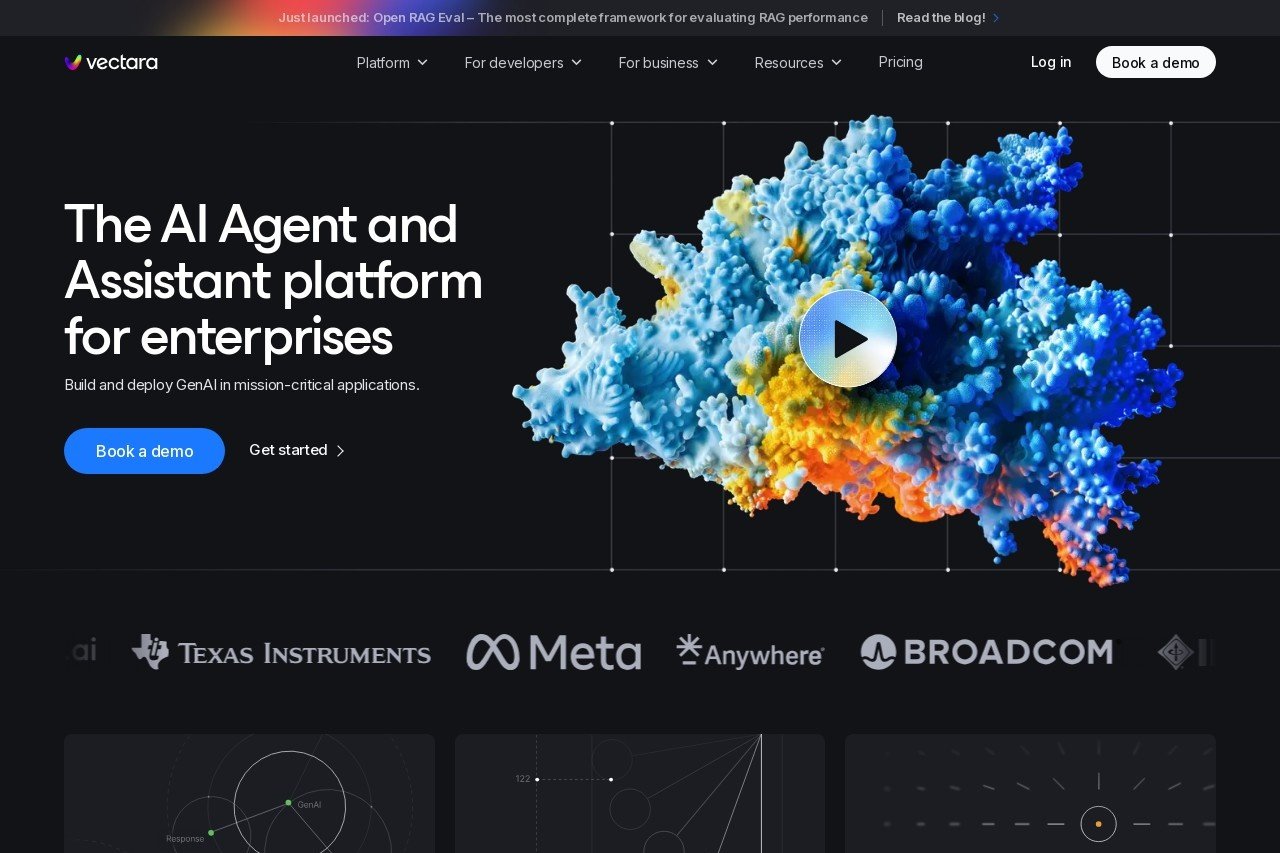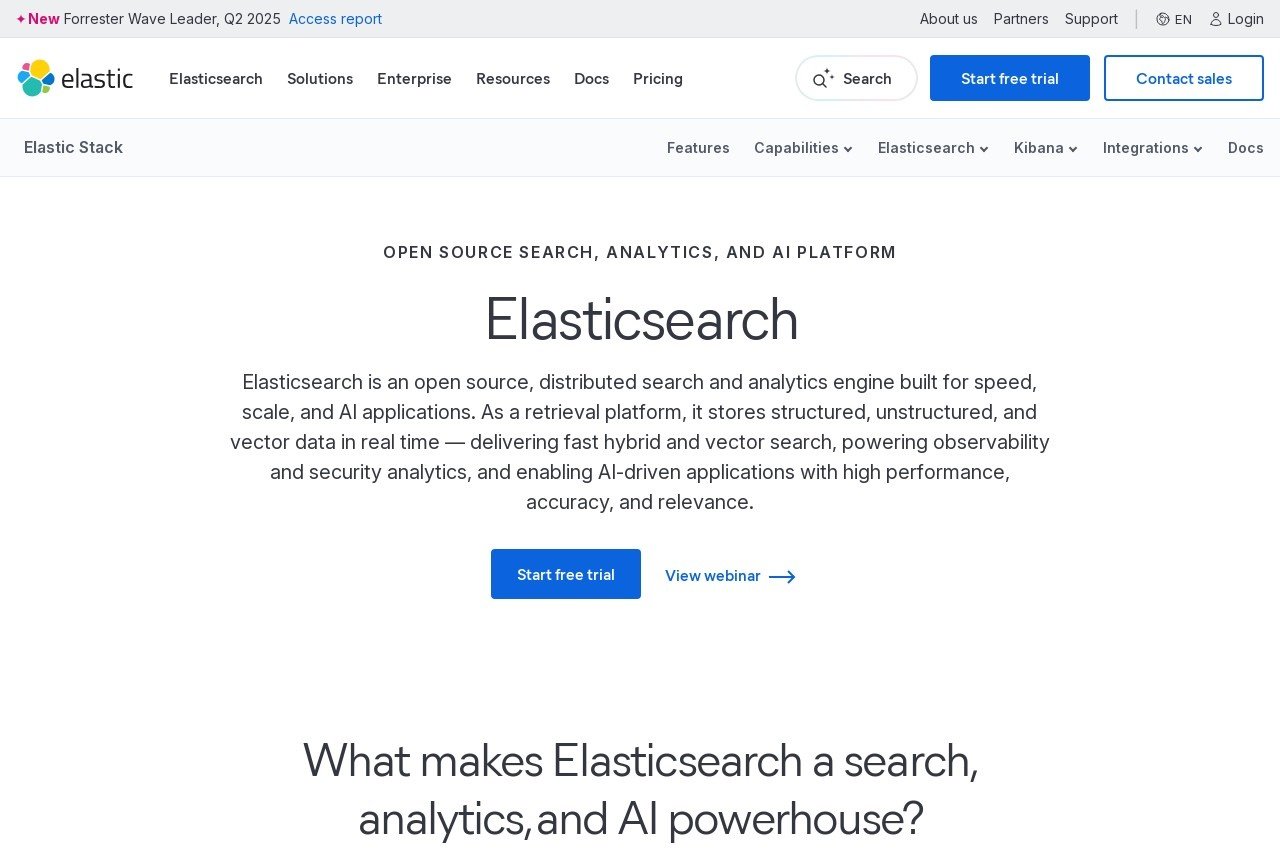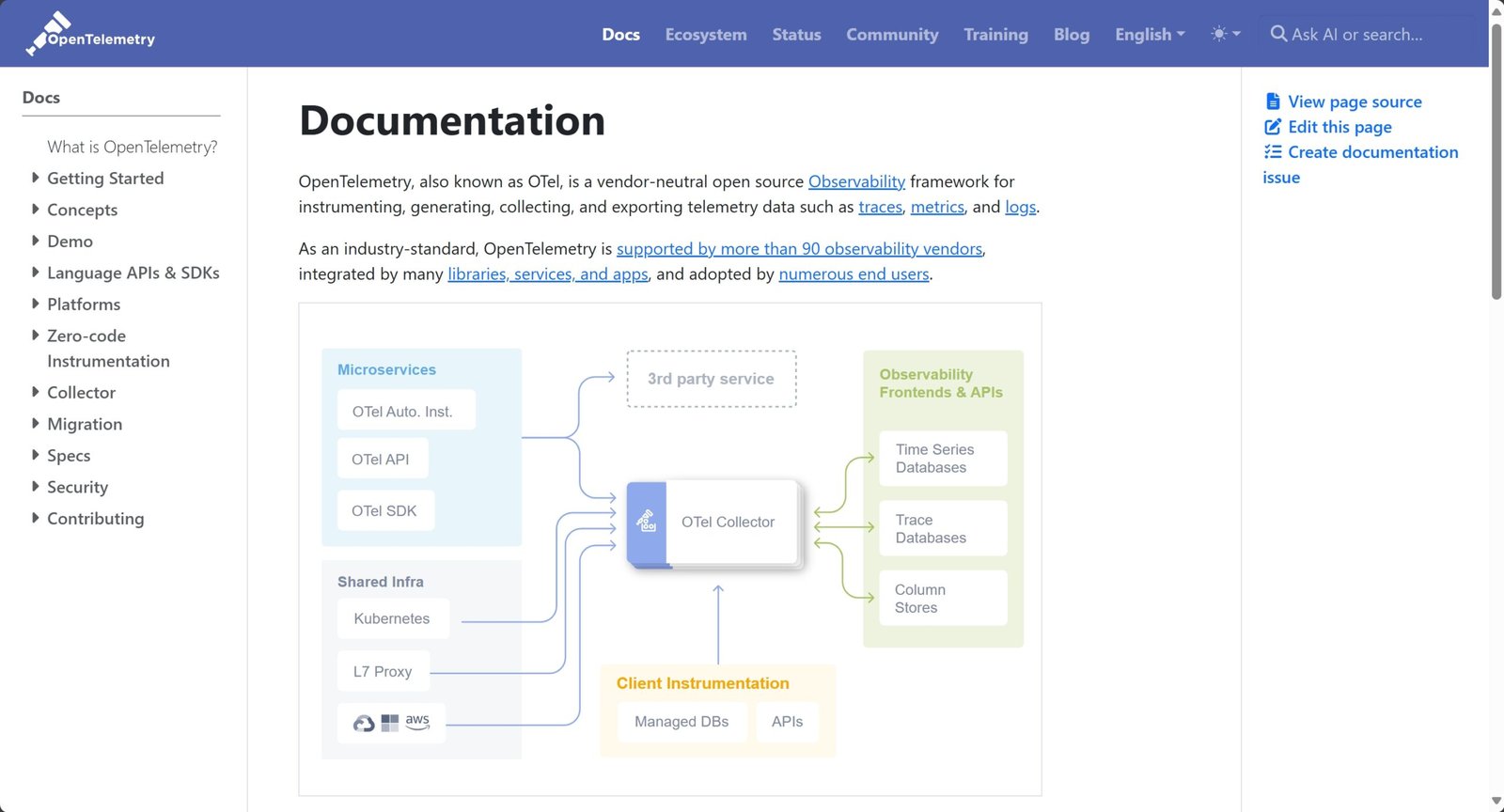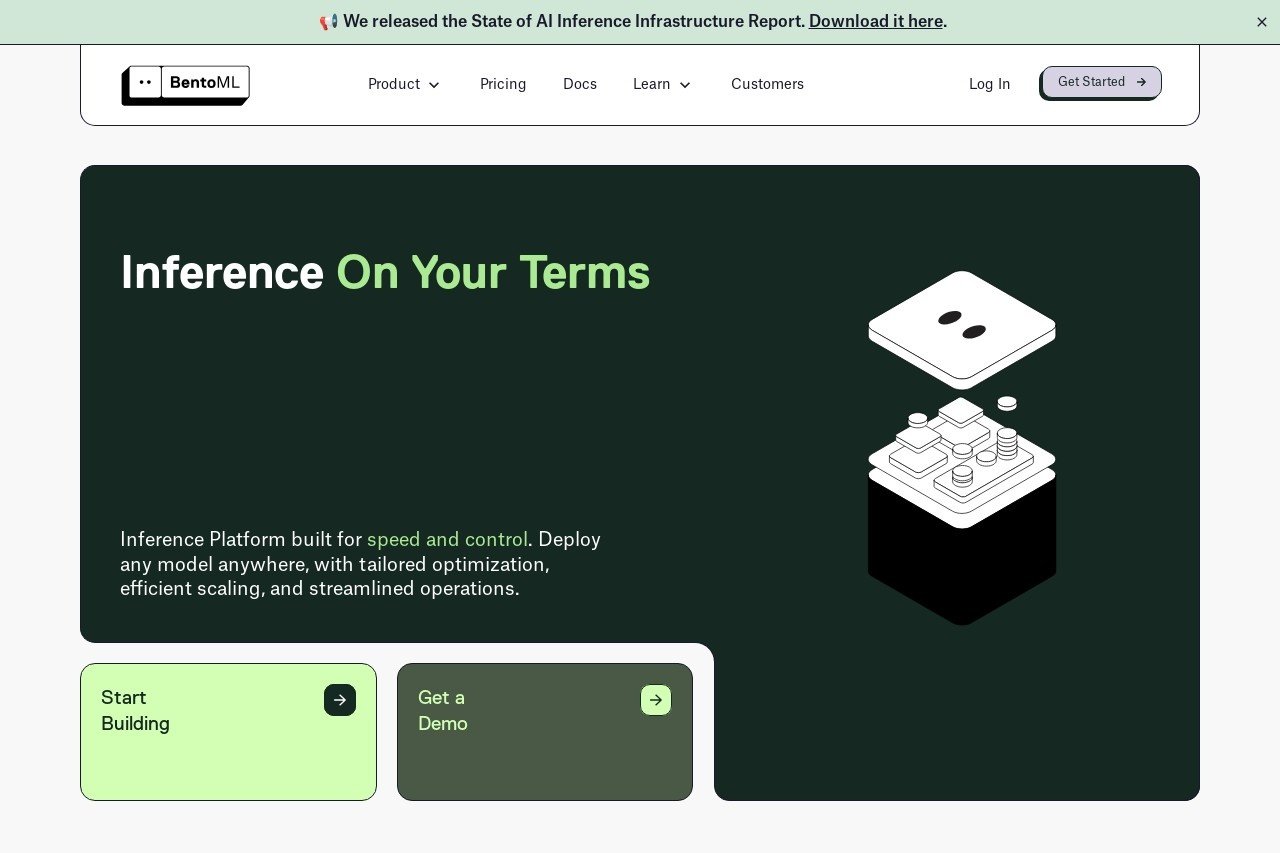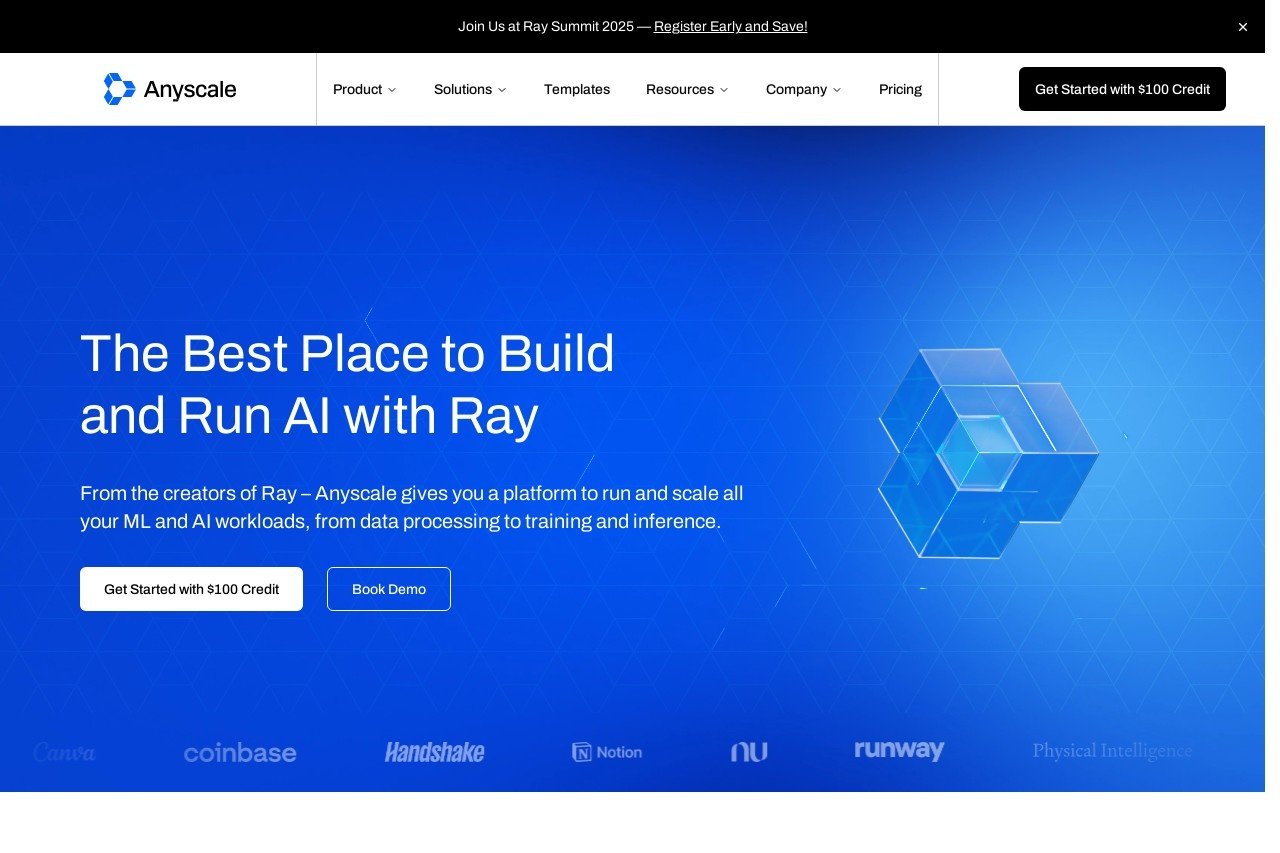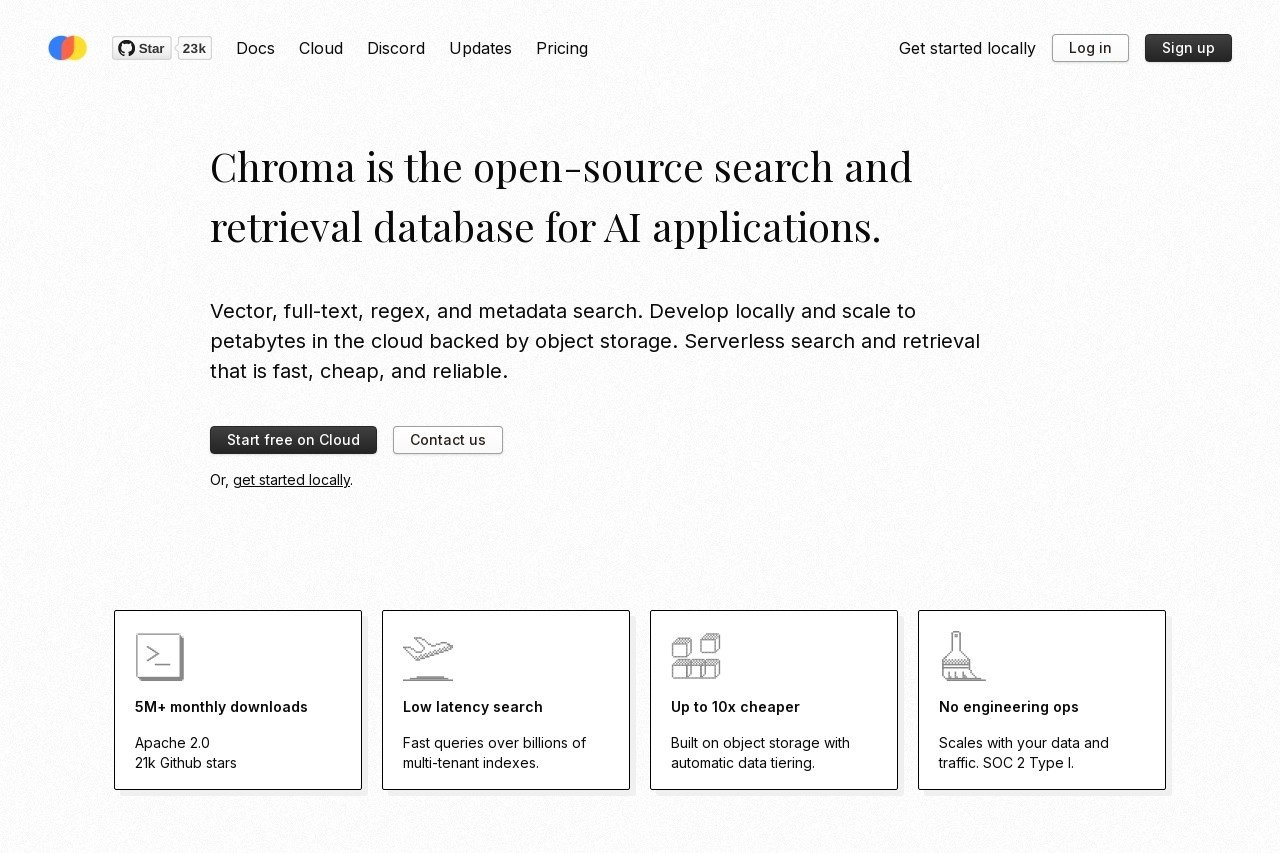
Chroma is an open-source vector database designed for building AI applications with embeddings.
Chroma
Introduction to Chroma
Chroma is an open-source vector database specifically engineered for developing AI applications that rely on embeddings. It provides developers with the essential tools to store, search, and manage high-dimensional vector data efficiently, making it a cornerstone for modern machine learning projects.
Key Features
- Efficient similarity search for retrieving relevant embeddings.
- Seamless integration with popular AI and machine learning frameworks.
- Scalable architecture designed to handle large datasets.
- Simple API for easy embedding management and query operations.
- Support for metadata filtering to enhance search precision.
Unique Advantages
Chroma stands out due to its developer-friendly design and open-source nature. It simplifies the process of working with embeddings, reducing the complexity typically associated with vector databases. Its lightweight structure ensures quick deployment, while its robust performance supports both small-scale experiments and large production environments.
Ideal Audience
Chroma is perfect for AI researchers, data scientists, and software developers building applications involving natural language processing, recommendation systems, or similarity matching. It is also valuable for startups and enterprises looking to implement AI-driven features without managing intricate database infrastructure.
Frequently Asked Questions
Is Chroma suitable for production use? Yes, Chroma is built for both development and production environments, offering reliability and scalability.
What programming languages are supported? Chroma primarily supports Python and JavaScript, with plans to expand to other languages.
How does Chroma handle large-scale data? It is designed with scalability in mind, efficiently managing millions of embeddings with low latency.

